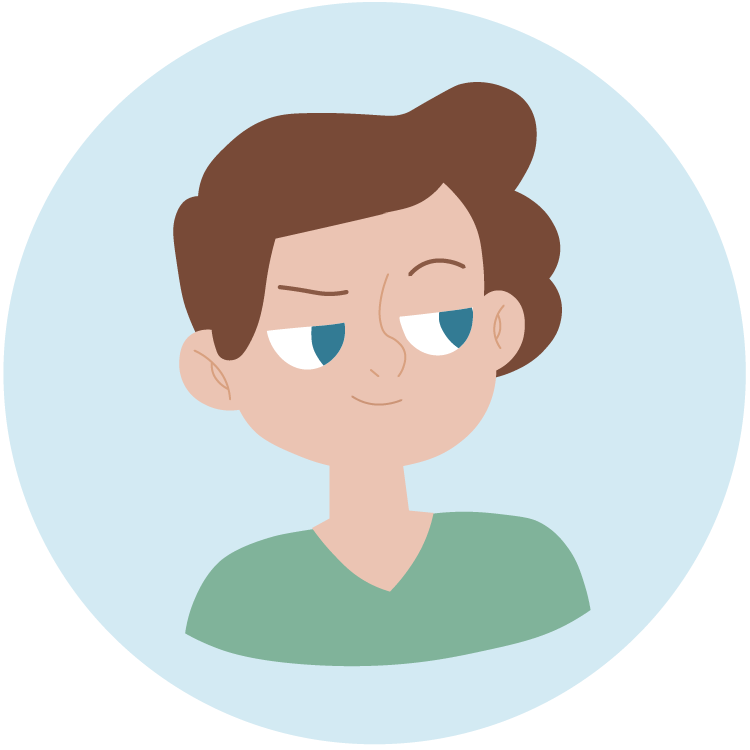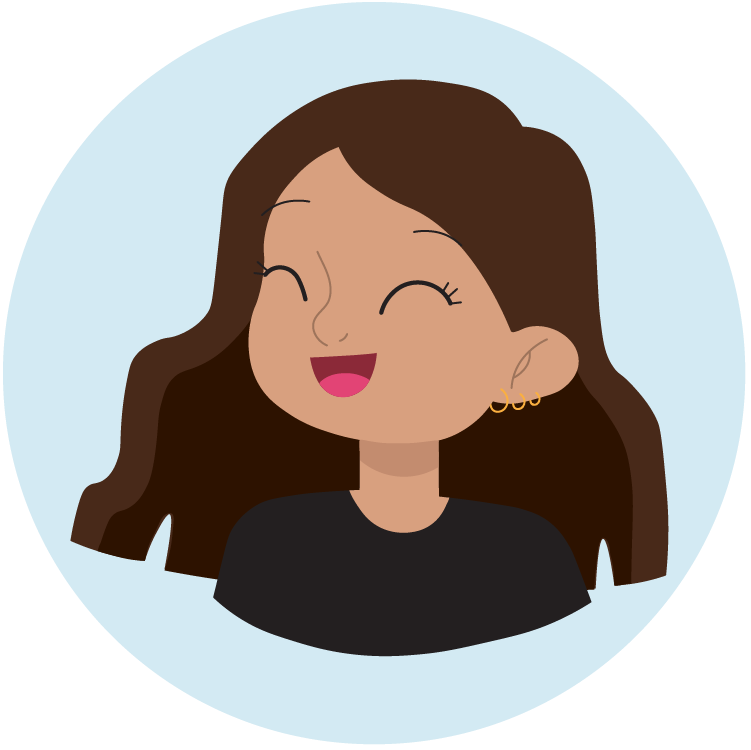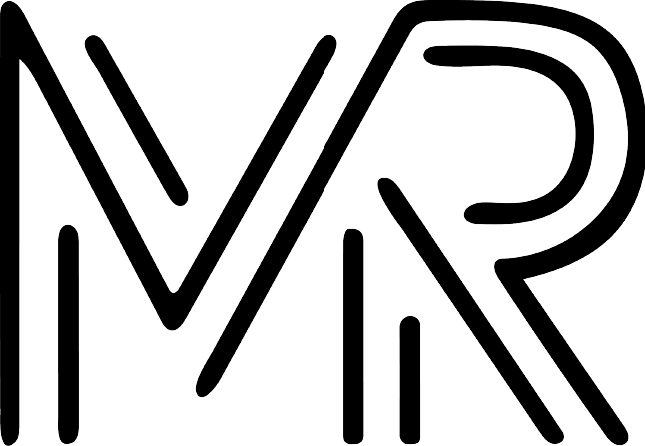Navigating a diverse world can be hard, even harder for individuals who have not been exposed to minority populations, different cultures, and various ways of life, and lack the proper experience to handle these cultural differences. What if inclusive education began before negative bias could form? What if every child was properly educated on racial bias, LGBTQIA+ issues, Gender expression, and more? As a group we each individually came up with a How Might We question that evolved around Children, Education, and Race and Gender. We came up with: How might we create LGBTQIA+ support groups more accessible? And How might we implement gender/race education in schools?
By inclusive, we mean inclusive of all races, gender identities, and sexualities - with a focus on understanding racial bias and implementing empathy and human building exercises. We chose at home, because research filtered through a school system may have created too much hoop jumping to be an effective walkthrough. Additionally, with the rise of Covid-19, many students have transitioned to online learning at home, leaving plenty of time for child parent interaction and education. Education at an early age is important, specifically we chose between 4 to 8 years of age, where impressions on topics such as gender, race, and sexuality are beginning. But we needed to know more! Which began our secondary research phase where we tried to become more informed through articles, and peer reviewed research papers.



Before moving forward, we mapped out topics we thought we didn’t know about involving childhood education, specifically involving inclusive education. We researched older generations perspectives on LGBTIQIA+ issues, children’s grasp on terms such as “non-binary” or “Queer,” and children's overall understanding of racial inequity. To learn about these topics, we examined at these resources:
All of this research was used to inform the approaches we took going into phase two of our research, interviews and studies. After conducting secondary research and filling in some gaps, we began our primary research methods. For this topic, we structured our conversations around an audience receptivity gradient. Through our research and experience, we know that people approach situations from a myriad of different perspectives. Using the receptivity gradient as a guide allowed us to get insight from a diverse group of individuals. It is important to note that these labels are not permanent - people fluctuate along the gradient. Our participant categorized as “ready to know” is a conservative individual that lives in the south with two young children who attend a private Christian school. This individual has family members that are a part of the LGBTQ+ community — so conversations regarding this topic are inevitable.
Privilege plays a large role in the importance of this issue. This issue doesn’t come up on a daily basis for this family, therefore they feel less of a need to push inclusive education with their children.
The participant categorizes as “ready to advocate” is a Fayetteville local, member of the LGBTQ+ community, mother of two, with a creative occupation. She and her wife already partake in actively teaching their kids about diversity and inclusion at home.
“Kids are like sponges. They believe anything we tell them. If we were to say a group of people were less than us, they would absolutely believe it.”
In addition to interviewing audience members based on the receptivity gradient, we met with an expert. Dr. Chris Schulte focuses on artistic, play-based, and aesthetic practices of young children.
“I’m pretty critical of traditional developmental perspectives - some people say it's anti-developmental. Our work exists because of development, it has a place in the world because of that theory, but I’m critical of those perspectives and how they position children. Children come from different backgrounds, and the development milestones theory limit them”
Based on what we gathered from our interviews, we decided it would be beneficial to conduct studies involving the kids firsthand. We brainstormed to determine what we wanted to know from both a child and parent’s perspective. With those ideas we created a package that included a diary study, picture card study, and access to a short survey for parents. We wanted to work with a range of perspectives, while COVID limited this a bit, we were able to see through a few different lenses. Our diary studies consisted of drawing/coloring prompts for the children and reflective questions for the parents or guardians. Through these studies we were able to get a good sense of what children understand in terms of gendered language, family dynamics, etc. The picture card study was a series of cards with a photo and questions that the children were asked to respond to. This study gave us a first hand perspective of how children process information, how long their attention span tends to last, and how they connect their ideas to their environment.
Through our conversations and studies, we realized that privilege plays a large role in determining the importance of inclusive education for that particular family. Exposing children to inclusive content early on makes them more receptive to an inclusive mindset. Every child is different in the ways that they learn, react, behave, etc. The way one child develops can look completely different from another. Many factors are at play in the development of a child, making their life very complex.
After we gathered all the information from phase 2 we moved on to phase 3 which is Ideation. We brainstormed solutions and made an idea prioritization chart which graphs ideas from low to high in importance and low to high in feasibility.This was a necessary part of our project because this would help us see and come up with different ideas and see where they visually fall on the chart. This would later help us move on to phase 4. Based on the gathered data, we came up with 4 big ideals that ranged differently on levels of importance and feasibility. Ideal 1 ranked high in feasibility and average in importance. We came up with book solutions such as workbooks, coloring books, adventure books, and book series that were focused on health and education. Ideal 2 ranked lower mid range for feasibility and the highest in importance. Ideal 2 involved events in schools such as traveling class activities, inclusivity summer camps, cooperative classes, and educational dances. Ideal 3 ranked high in importance and lower mid range for feasibility. We discussed ideas like video games with diverse characters, educational apps, diverse dolls and action figures, and a collection of fictional characters that are completely unrealistic.Ideal 4 ranked at a higher mid range for feasibility but the lowest for importance. Those ideas discussed speakers being able to present to students like if a drag queen had an educational talk, story times being shared, a collection of fictional characters, and ted talks over queer topics. After discussing all of these ideas we realized that some could come with big problems like language barriers, the safety of people, funding problems, access to technology, access to the internet, and how children might handle these situations, just to name a few. After doing a process of elimination we were ready to move on to phase 4.
Phase 4: Final Products
Cooperative Educational Experience:
This would prioritize a cooperative environment in a classroom, working off the idea that kids learn best from personal experiences. As we saw in the observation stage of research, children feed off the energy and ideas of other kids around them. Every child faces a different family structure that may influence how they understand gender, sexuality and their body. So kids teaching kids would allow a space of cooperation and the expression of ideas in a manner that their peers would understand. This could work in classrooms, or in summer camp structures that are much more diverse and open to sparking conversations than typical summer camps.
Educational VR Experience:
Also working off the basis that kids understand kids better, a VR experience would allow children to explore a created, safe environment that is manufactured for fun but also to present kids with a diverse range of characters that can talk about their identity, race, sexuality, etc. so that kids have more exposure to these topics and the content learned feels more relatable. By submerging the child in situations they wouldn’t normally be in, or interacting with types of people they’ve never seen, their understanding of inclusivity is broadened and they gain real life experiences in the comfort of their home.
Educational Talk:
Picture TED talks, but they’re more focused towards kids, where speakers (potentially drag queens) would relate experiences of gender, sexuality, and diversity within family units present in the children’s households through PG stories. Hearing these stories from people of different walks of life can spark their interest to learn more about inclusivity and potentially give them role models that they didn’t have before.
Daily life Change - Subscription Box:
A monthly subscription box can provide clothing items and accessories that are gender neutral, allowing children to express themselves how they want and expand their creativity and self confidence. Clothing serves as a catalyst for gender expression, providing a subscription box will allow children to decide for themselves if they want to play within, or outside the gender binary present in our society.
Special thanks to my group members Austin Woodward, Lane Kendall, and Marilena Cenobio for helping me bring this How Might We question to life. Let’s move forward towards an inclusive world together!




